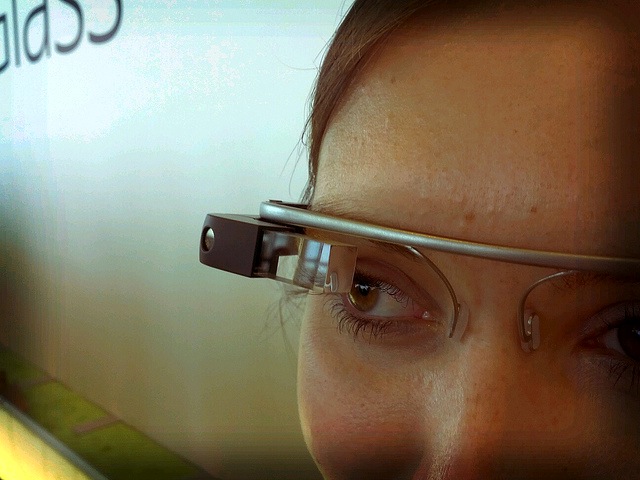Death, life and place in great digital cities

At the heart of the Smarter Cities movement is the belief that the use of engineering and IT technologies, including social media and information marketplaces, can create more efficient and resilient city systems.
In an excellent blog post, Rick Robinson, an Executive Architect at IBM specialising in emerging technologies and Smarter Cities, explains why he believes that “we are opening Pandora’s box.”
“These tremendously powerful technologies could indeed create more efficient, resilient city systems. But unless they are applied with real care, they could exacerbate our challenges. If they act simply to speed up transactions and the consumption of resources in city systems, then they will add to the damage that has already been done to urban environments, and that is one of the causes of the social inequality and differences in life expectancy that cities are seeking to address.”
So, he asks, “as a new generation of technology, digital technology, starts to shape our cities, how can we direct the deployment of that technology to be sympathetic to the needs of people and communities, rather than hostile to them, as too much of our urban transport infrastructure has been?”
“The first step is for us to collectively recognise what is at stake: the safety and resilience of our communities; and the nature of our relationship with the environment. Digital technology is not just supporting our world, it is beginning to transform it. […]
The second step is for the designers of cities and city services – architects, town planners, transport officers, community groups and social innovators – to take control of the technology agenda in their cities and communities, rather than allow technologists to define it by default. […]
As well as technologists, three crucial groups of advisers to that process are social scientists, design thinkers and placemakers. They have the creativity and insight to understand how digital technologies can meet the needs of people and communities in a way that contributes to the creation of great places, and great cities – places like the Eastside city park that are full of life.”



